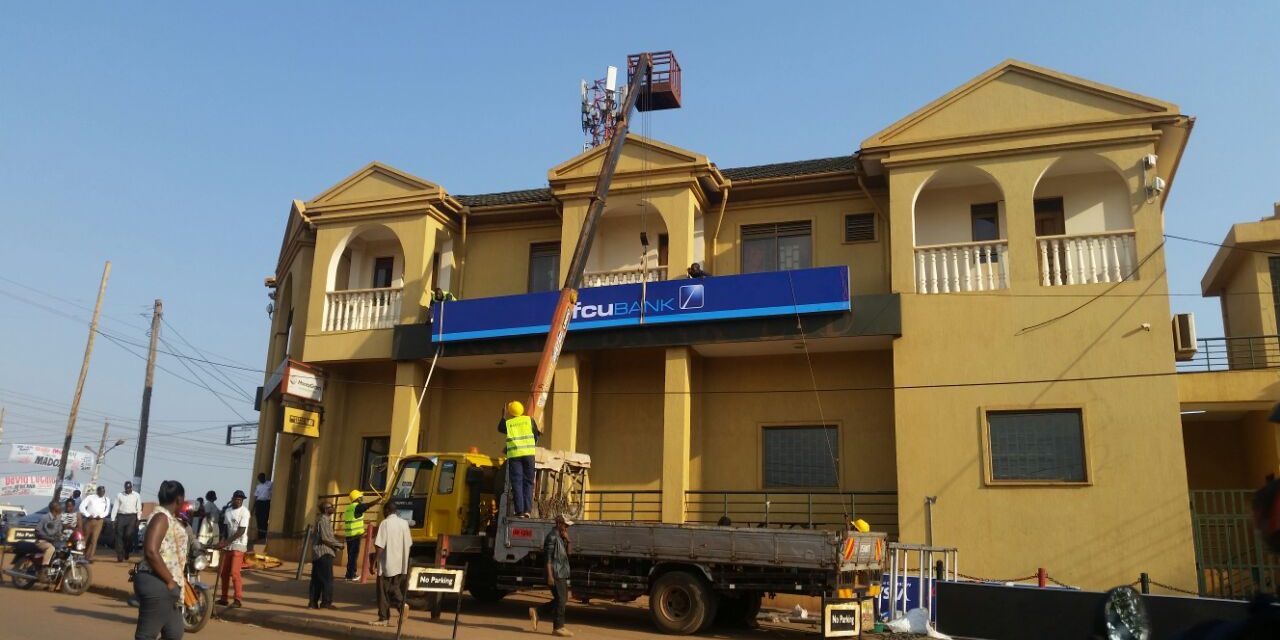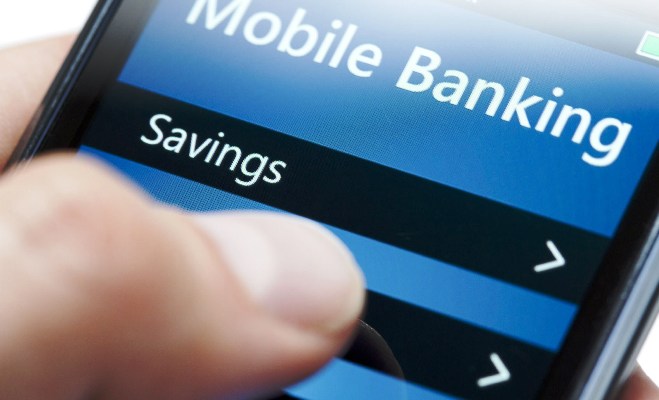Lloyd Jonathan Busuulwa, Head of Alternative Channels at dfcu Bank
On its quest to become a digital bank (4.0), dfcu bank launched a campaign dubbed “Banking at the Speed of you” which is part of its digital transformation journey, in a two-part series, we caught up with Lloyd Jonathan Busuulwa, Head of Alternative Channels, dfcu Bank who continues to shed more light on the bank’s journey. This is part two of the interview.
One of the concerns as the world goes more digital – certainly true for financial services, is the issue of security. How are you giving customers the confidence needed to get them to move along with you on this digital journey?
The safety and security of digital technologies in the financial services sector is indeed a major concern for customers and Banks alike. The lack of cybersecurity can create a lack of confidence in the systems that offer substantial benefits. With this in mind, we have made several enhancements to increase the security around our different products and solutions. cards. If you think about Online shopping which is on the rise, our customers are only able to execute online transactions successfully through an SMS OTP or email which is sent to the customer to approve/acknowledge the transaction.
As we drive greater card usage, the Bank has now moved to the Visa contactless card. Transactions that are below UGX100,000 at the cross terminal or ATM, have a contactless option. You just need to tap your card then the transaction is authenticated. This has been done, not only to improve security but also bearing in mind the challenges presented by the COVID-19 pandemic. The contactless cards allow you to avoid contact with the machines.
As far as Quick banking is concerned, previously we had the one-time password (OTP) to authenticate these transactions but there were some challenges around it which we deliberately resolved to solve. We are now migrating to authentication of transactions through an App called Trust factor. We are currently on a journey of migrating all our internet and quick banking users onto trust factor. All transactions will be authorized through the App in real-time.
With the growing cyberthreat, we are deliberate about enhancing systems security. To this end, we also hired an international firm that periodically checks our systems in terms of cybersecurity resistance. These are some of the deliberate steps the bank has taken to close the digital gap amongst our customers.
Break down the varied service under the bank’s digital offering?
Agent Banking is one of our digital flagships, it has the highest number of touchpoints, over 1,700 agents in the market that our customers can access that is against a branch network of 58 and under 100 ATMs. Then we also have internet and mobile banking; over 60% of our active customers base is onboarded onto the internet and mobile banking. All the services you can do on internet banking are available on mobile banking in the omnichannel setting. Some of the services you can do; buy airtime, data, domestic transfers, international transfers, bank to wallet and vice versa. We are also rolling out a Mobi-loan on our internet and mobile for loans below 2million just a click away without having to come to the bank. Customer can also print their statements from the internet platform, view balances and Standing Orders.
Customers can now do withdrawals, deposits with or without their cards, later in the year, we shall introduce voucher redemption -card-less withdraws over the ATMS and agent banking. Currently, we have two different cards in the market, the debit card and the Credit card. The key differentiator is, for the Visa debit card, you transact off the balances that you have on your account while a credit card the bank approves a credit limit to you (issues an overdraft).
What’s the bank’s strategy to support financial inclusivity especially in the hard to reach areas?
As a bank, we have over 1700 agents in the market these scattered countrywide. In some hard to reach areas, we have agents who are supporting the financial inclusion strategy. dfcu is also included in the shared bank platform, we can serve another customer from another bank on the platform and vice versa is true.
Our mobile bank offering can be accessed on USSD and App. Through technology, we can reach more customers.
The bank also runs financial literacy sessions every Friday online with various subject experts. To guide the public on they can take advantage of the available opportunities.
The bank has also advanced credit through some of the strategic partnerships for onward lending for people excluded in some markets. Some are government agencies, donor agencies with facilities to lend people in particular areas. Funding Partnerships such as with aBi Trust; to offer guarantee on loans and product development to acquire/onboard customers.
How is digital transformation fundamentally changing business (Banking) today?
The rapid adoption of digital operating models including Artificial Intelligence, Chat Bots, Robotics, support making more predictive than reactive decision making and undercut the cost of operation especially in terms of staffing. These digital operating models are starting to come into play for uniformity and enhanced customer experiences.
As an adage goes, ‘Data is the new oil’. Those that have invested in big data governance and analytics leapfrog their competitors. How you use this data dictates how you grow as a company.
Continued merger and acquisition activity in the IT outsourcing industry. Banks also merging or taking over Fintechs; product development & roll out.
Expanding cloud adoption, gone are the days when we used to buy a floppy disk, external drive then hard disks for storage. With time, the need for more storage space is has increased thus cloud-based storage adaptation.
Even with digitalization, people still support the process so there is a lot of relationship management. Businesses are moving away from having many front office staff to more relationship management staff to support businesses in this digital era.





